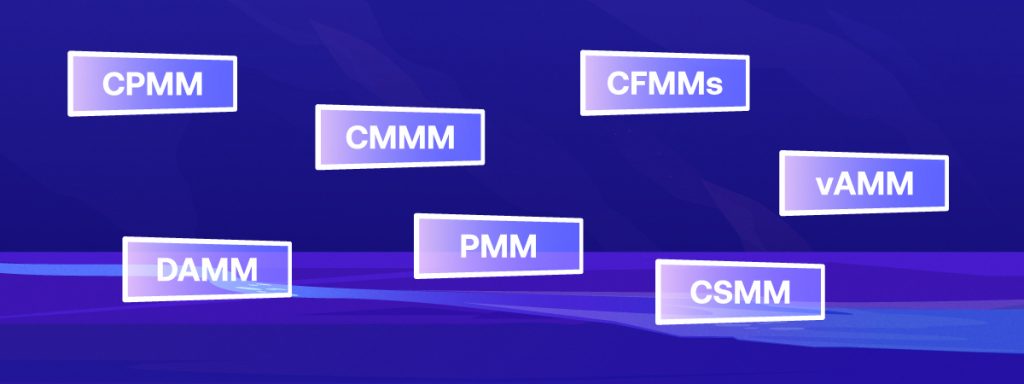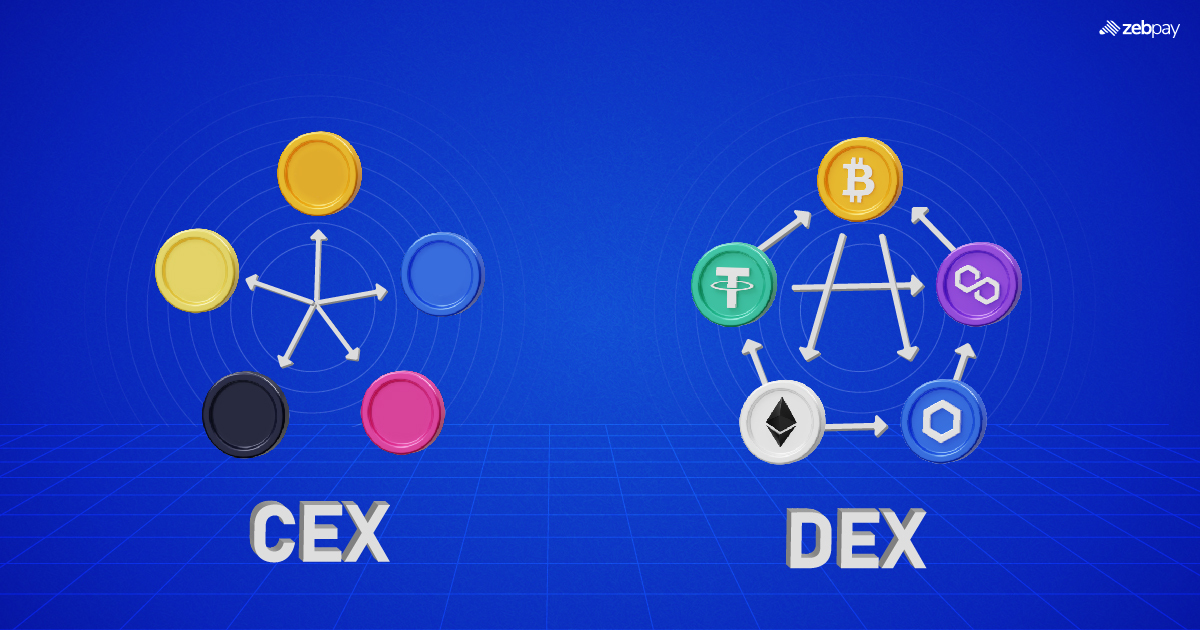AMMs are the underlying protocol that supports all decentralized exchanges (DEXs). Automated market makers are autonomous trading mechanisms that function without centralized exchanges.
History and Evolution of AMMs
Vitalik Buterin introduced automated market makers in 2017. The first AMM models were launched four years later. AMMs have made it possible for decentralized finance to exist and significantly improve the capabilities of decentralized exchanges.
Advantages of Using AMMs Over Traditional Market Makers
Only high-net-worth individuals or companies could become liquidity providers for traditional market makers. On the other hand, any entity can become a liquidity provider, but it must meet all the requirements coded into the smart contract. Balancer, Uniswap, and Curve are examples of automated market makers.
How Do Automated Market Makers Work?
Overview of Liquidity Pools
Liquidity was a big challenge for decentralized exchanges before AMMs. The number of buyers and sellers was small in DEXs as it was a new technology. It was hard to find users to trade on DEXs regularly. Automated market makers fixed this problem of limited liquidity by creating liquidity pools.
AMMs offer liquidity providers (LPs) incentives to supply crypto assets to these pools. Crypto trading becomes easier with more crypto assets or liquidity in these pools.
Read more: Crypto trading Strategies
Explanation of the Constant Function Market Maker (CFMM) Algorithm
Constant function market makers (CFMMs) such as constant sum market makers, constant mean market makers, and constant product market makers are first-generation AMMs made popular by Uniswap, Curve, and other protocols. These automated market makers are based on a constant function. This function means the combined asset reserves of trading pairs do not change. Users trade against Smart contracts instead of directly trading with a counterparty.
How do AMMs Facilitate Trades?
Automated market makers function similarly to an order book exchange in that there are trading pairs. However, users do not need a counterparty to make a trade. Instead, they interact with smart contracts that create the market for you.
Crypto trades occur directly between user wallets on a decentralized exchange. These transactions are also known as peer-to-peer (P2P) transactions.
Types of Automated Market Makers

Constant Product Market Maker (CPMM)
A constant product market maker (CPMM) is the first type of Constant Function Market Maker. CPMM was popularized by the first AMM DEX, Bancor. CPMMs use the function x*y=k. This equation establishes a range of prices for two crypto tokens based on the available liquidity.
Constant Sum Market Maker (CSMM)
The second type of CFMM is a constant-sum market maker (CSMM). CSMMs are ideal for zero-price impact trades but do not provide infinite liquidity. CSMMs follow the function, x+y=k. CSMM allows arbitrageurs to drain their reserves if the off-chain price between the tokens is not 1:1.
Constant Mean Market Maker (CMMM)
The constant-mean market maker is the third type of CFMM. It enables AMMs to have more than two cryptos, outside the standard 50/50 distribution. For a liquidity pool of three crypto assets, the equation will be (x*y*z)=k. This function enables variable exposure to different assets in the liquidity pool.
Hybrid CFMMs
New advanced hybrid CFMMs have emerged as AMM-based liquidity evolves. Hybrid CFMMs combine multiple functions to achieve specific results, such as a reduced price impact on traders. Curve AMMs combine CSMM and CPMM using an advanced formula to create more liquidity, bringing down price impacts within a range of trades.
Dynamic Automated Market Maker (DAMM)
Sigmadex leverages Chainlink price feeds using a DAMM model to help dynamically distribute liquidity. Dynamic automated market makers can become more robust market makers by adapting to changing crypto market conditions. They concentrate liquidity near the market price and increase capital efficiency during periods of low volatility. They expand during periods of high volatility to protect crypto traders from impairment losses.
Proactive Market Maker (PMM)
DODO is a liquidity provider that uses a model known as PMM to mimic the human-market decision-making behaviors of a traditional order book to increase liquidity on its protocol. This protocol uses accurate market prices from Chainlink price feeds to adjust the price curve of each crypto asset in response to market changes.
Virtual Automated Market Makers (vAMM)
Virtual automated market makers like Perpetual Protocols mitigate impermanent losses and minimize price impacts. This model uses the same equation, x*y=k, but traders deposit collateral into a smart contract instead of a liquidity pool.
Comparison of various AMMs including Uniswap, Curve, and Balancer
Uniswap, Balancer, and Curve are the three dominant AMM models today. Uniswap allows users to create a liquidity pool with a 50/50 ratio and has become the most popular AMM model on the Ethereum network. Balancer tests the limits of Uniswap by enabling users to create dynamic liquidity pools of up to eight different crypto assets in any ratio. Curve specializes in creating liquidity pools of similar crypto assets, such as stablecoins. The Curve platform offers some of the lowest rates and most efficient trades.
Pros and Cons of Automated Market Makers
Advantages of using AMMs
Lower Barrier to Entry
AMMs allows users to trade on the DEX protocol without account verification, but they must have a crypto wallet. Users can become LPs and earn passively through their investments in the liquidity pool.
Provides greater transparency
AMMS provides greater transparency for each crypto trade by facilitating transactions on the blockchain network. AMMs enable users to control their crypto assets when trading.
Disadvantages of AMMs
Impermanent loss
This loss occurs when the price ratio of pooled crypto assets fluctuates. The higher the market fluctuation, the higher the loss incurred. Impermanent losses usually occur in pools with volatile crypto assets.
Volume and slippage
The trade volumes on decentralized exchanges have picked up. Users suffer extreme slippage rates, especially with large orders, as DEXs function without an order book and market maker.
Conclusion
AMMs are financial tools unique to decentralized finance (DeFi). This new technology does not rely on traditional interaction between traders. AMMs are always available for crypto trading and are decentralized in nature. No one entity controls this system, and any user can participate and build new solutions.
AMMs are still in their nascent stage. AMMs like Curve, Uniswap, and Balancer are elegant in design but have limited features. There are likely to be more innovative AMM models in the future. These innovative models will lower fees and provide better liquidity for crypto traders.
You can learn more about crypto on ZebPay blogs. Level up your crypto trading journey using ZebPay’s brand new upgrade.







